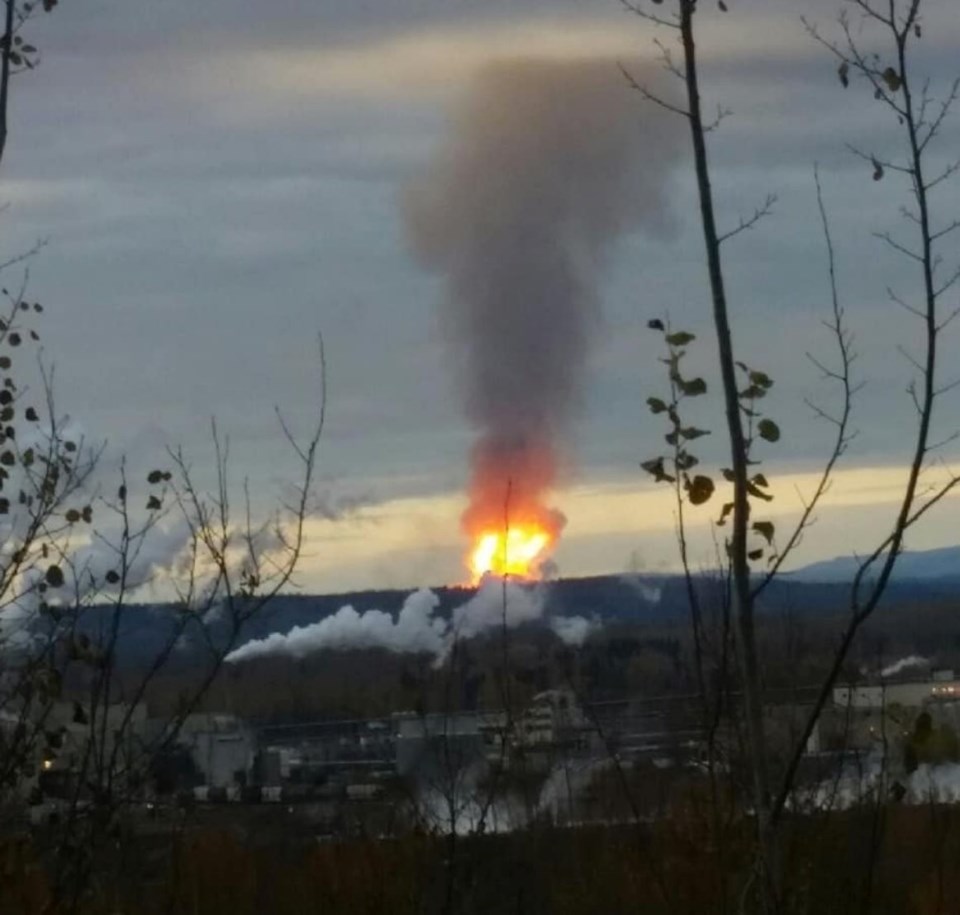The Transportation Safety Board of Canada has released its findings of the cause of the Enbridge Pipeline blast near Prince George in October of 2018 in a report this morning (Mar. 4).
The report says the explosion was caused due to stress corrosion cracking.
"The investigation found that the pipeline ruptured due to stress corrosion cracks on the outside surface of the pipe; and that the polyethylene tape coating applied to the exterior surface of the pipe as a measure to protect it from corrosion deteriorated over time," a press release says. "This allowed soil moisture to come into contact with the pipe surface, leading to corrosion and cracking. Growing and merging over time, the cracks reduced the load-bearing capacity of the pipeline at normal operating pressures."
"The pipeline operator had a stress corrosion cracking hazard management plan in place for this pipeline. However, the extent of the existing cracking on the segment of pipe that ruptured was not identified. The model used to predict crack growth did not take into account all potential uncertainties in the predicted crack growth. This resulted in cracks growing at higher rates than the model predicted. Additionally, an inspection of this pipeline segment scheduled for 2017 was deferred until the fall of 2018. As such, the existing cracks remained undetected."
On Oct. 9, 2018, roughly 13.5 kilometres north of Prince George, Enrbidge's 36-inch pipeline exploded, which caused some 100 people in the Lheidli T'enneh First Nation to be evacuated.



